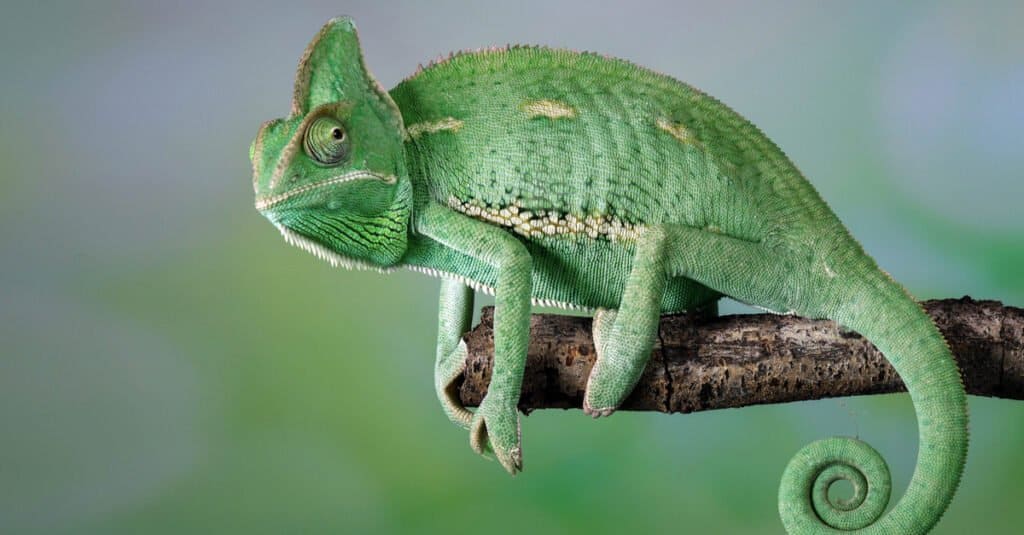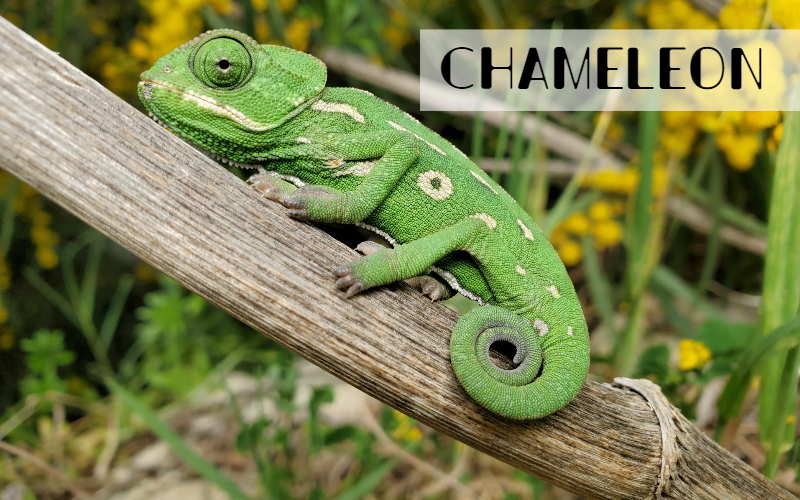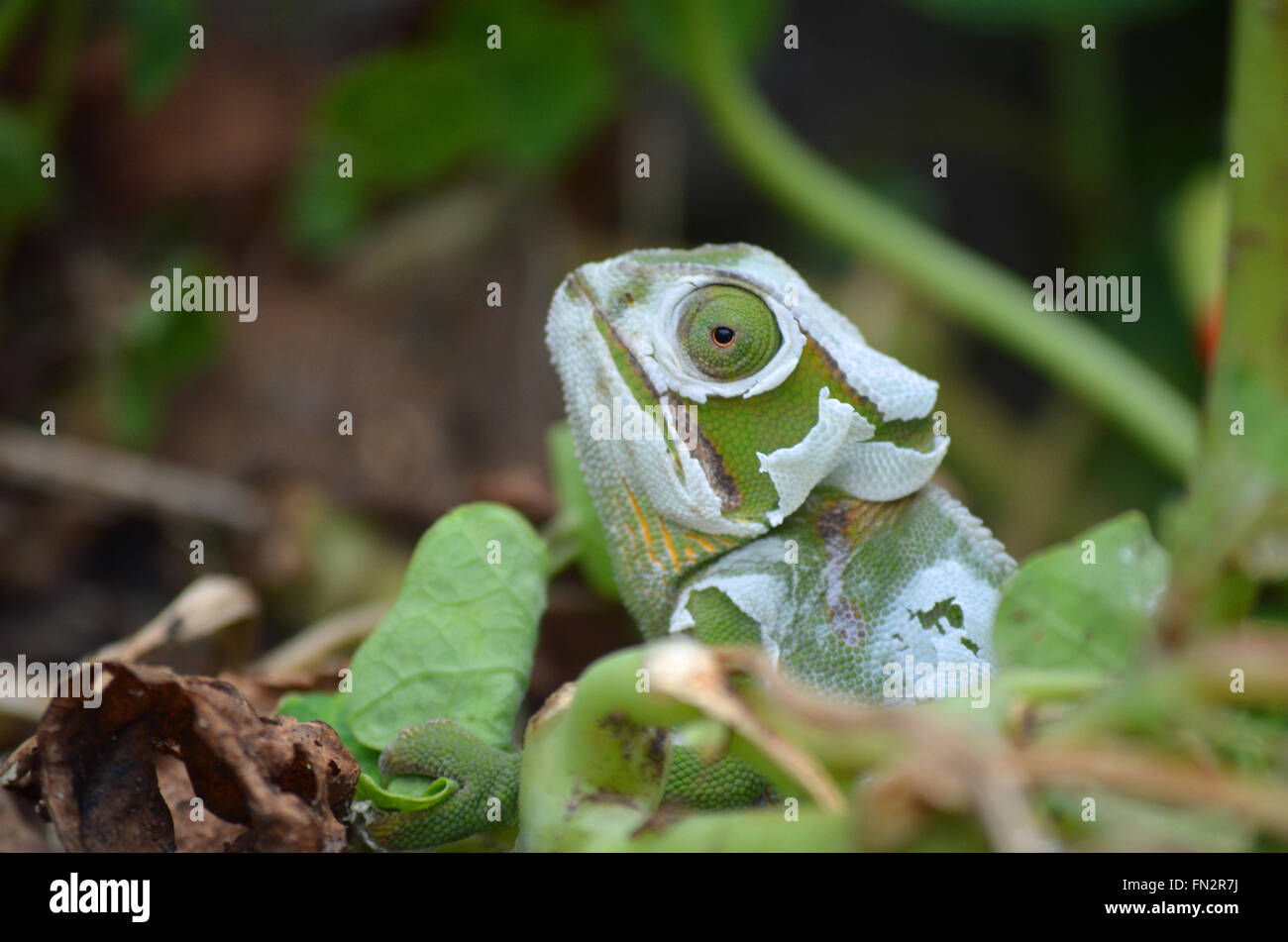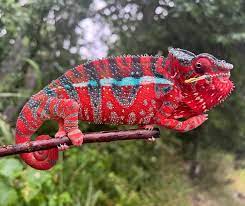
Learn about baby chameleons and their care 117
There aren’t many things cuter than a baby chameleon—just ask anyone who walks into my facility and interacts with one. They’re just so fragile, and their locomotion so comical and clumsy. They keyword though, is fragile. Baby chameleon care is a whole new ballgame. They have special requirements that must be met, and i can tell you from having raised thousands of them—they aren’t very forgiving. But, they’re definitely worth the extra work. Below i’ll explain how baby chameleons are different than their older counterparts, including some pictures and information about hatching, live-births, and anecdotal observations. Here’s a mother and

Learn about baby chameleons and their care
There aren’t many things cuter than a baby chameleon—just ask anyone who walks into my facility and interacts with one. They’re just so fragile, and their locomotion so comical and clumsy. They keyword though, is fragile. Baby chameleon care is a whole new ballgame. They have special requirements that must be met, and i can tell you from having raised thousands of them—they aren’t very forgiving. But, they’re definitely worth the extra work. Below i’ll explain how baby chameleons are different than their older counterparts, including some pictures and information about hatching, live-births, and anecdotal observations. Here’s a mother and

Chameleon Shedding Process Explained: Everything You Should Know
Before the peeling of the skin, a shedding can be identified by your chameleon seeming to get cloudy. The colors will be muted. This is the start of the skin separating from the body. The shedding skin will soon break in places and start the peeling off. This female panther chameleon is showing a very rare sight – the beginnings of the shedding process before a breach in the old skin is made. You can see the old skin being separated from the new skin underneath. Breaches in the old skin now show through around the shoulder area and the

How can I tell if my chameleon is getting proper nutrition?
As pets, chameleons will need to be fed a varied diet to enable them to get a broad range of nutrients into their system. A varied diet also prevents them from stopping eating if they get bored. Keeping and breeding insects for pet food is now a large commercial operation with plenty of suppliers to buy from, either online or in pet stores. The most common foods available for pet chameleons are presented in the table below. The nutritional information assumes that the insects are properly gut loaded and kept in good condition. You should rotate staple foods every few

The Chameleon Diet: A Comprehensive Guide to Feeding Your Colorful Companion
Chameleons , with their mesmerizing colors and unique characteristics, are fascinating reptilian creatures that capture the imagination of animal enthusiasts around the world. To keep these captivating creatures thriving in captivity, it's essential to understand their dietary needs. In this comprehensive guide, we'll delve deep into the world of the chameleon diet , exploring what chameleons eat, how often to feed them, and much more. So, let's embark on this colorful journey of chameleon nutrition. Chameleon Diet Basics Chameleon nutrition forms the cornerstone of their overall well-being. A balanced diet provides the necessary nutrients, ensuring they remain healthy and vibrant. These arboreal creatures, native to Africa, Madagascar, and some parts of southern Europe and Asia, have evolved to consume a primarily insect-based diet. However, to maintain a thriving chameleon, we need to pay attention to several key dietary aspects. What Do Chameleons Eat? In the wild, chameleons are opportunistic insectivores, preying on a wide range of insects and invertebrates. Their menu may include crickets, grasshoppers, flies, moths, and even small spiders. Each species of chameleon may exhibit preferences for certain types of insects, but a diverse diet is generally recommended for optimal